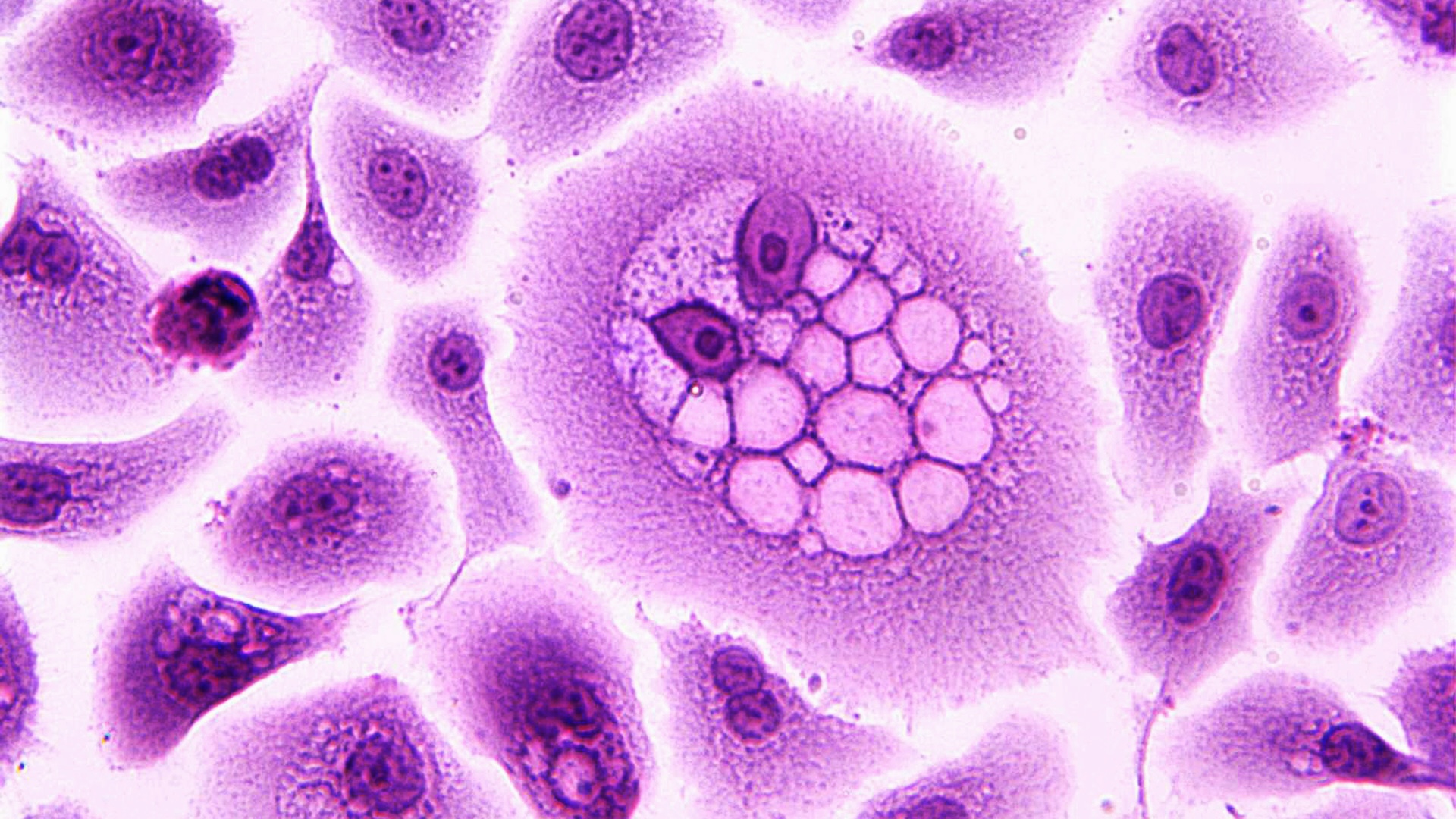Toxins, Vol. 15, Pages 370: Mechanism of Inhibiting the Growth and Aflatoxin B1 Biosynthesis of Aspergillus flavus by Phenyllactic Acid
Toxins doi: 10.3390/toxins15060370
Authors: Chi Zhao Petri Penttinen Lingzi Zhang Ling Dong Fengju Zhang Zhihua Li Xiaoping Zhang
Phenyllactic acid (PLA), a promising food preservative, is safe and effective against a broad spectrum of food-borne pathogens. However, its mechanisms against toxigenic fungi are still poorly understood. In this study, we applied physicochemical, morphological, metabolomics, and transcriptomics analyses to investigate the activity and mechanism of PLA inhibition of a typical food-contaminating mold, Aspergillus flavus. The results showed that PLA effectively inhibited the growth of A. flavus spores and reduced aflatoxin B1 (AFB1) production by downregulating key genes associated with AFB1 biosynthesis. Propidium iodide staining and transmission electron microscopy analysis demonstrated a dose-dependent disruption of the integrity and morphology of the A. flavus spore cell membrane by PLA. Multi-omics analyses showed that subinhibitory concentrations of PLA induced significant changes in A. flavus spores at the transcriptional and metabolic levels, as 980 genes and 30 metabolites were differentially expressed. Moreover, KEGG pathway enrichment analysis indicated PLA-induced cell membrane damage, energy-metabolism disruption, and central-dogma abnormality in A. flavus spores. The results provided new insights into the anti-A. flavus and -AFB1 mechanisms of PLA.

 1 year ago
34
1 year ago
34


